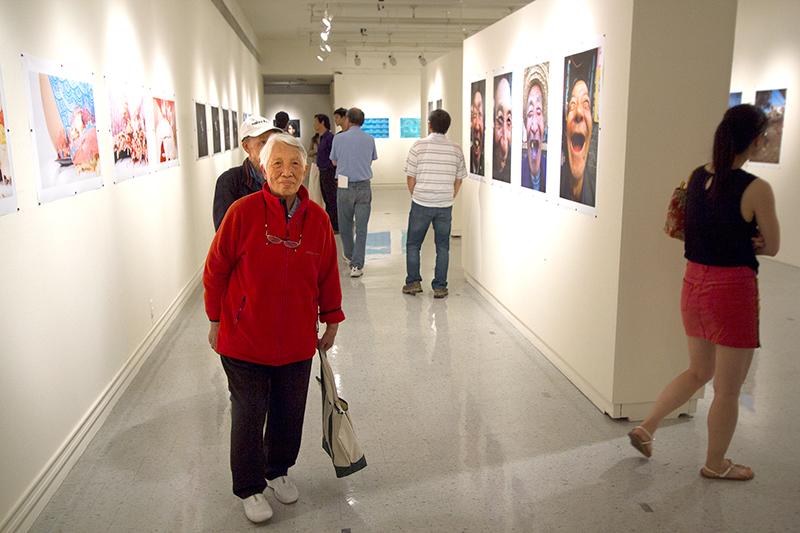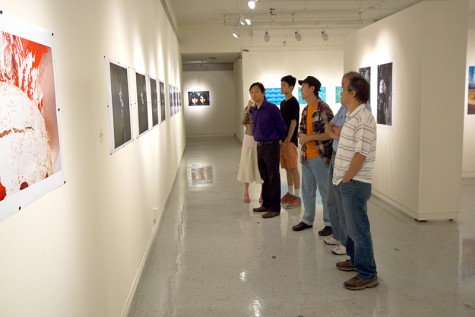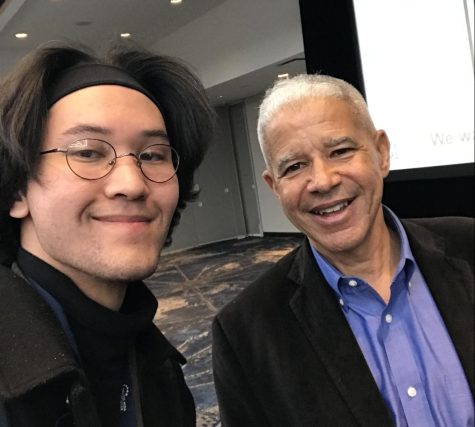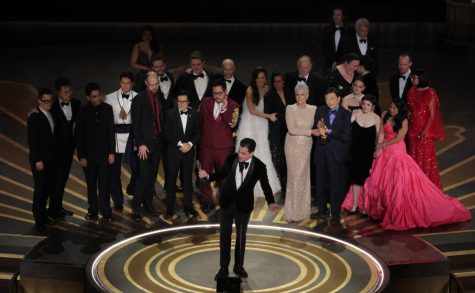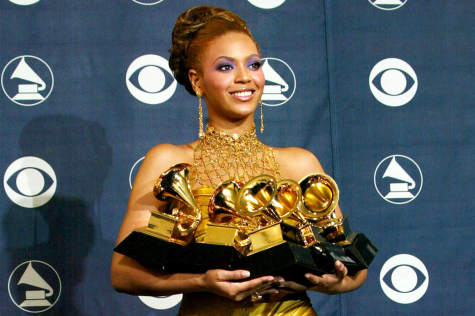Campus photography exhibition depicts Chinese and American culture
July 23, 2014
The first University Art Gallery exhibition by the School of Arts and Media debuted a type of collaboration that has never before been tried at the California State University, East Bay gallery.
The exhibition, “Conceptual Photography Exchange Exhibition: China and USA,” featured a variety of photographs from students, alumni and faculty from CSUEB, but also photographers from Guangzhou, China.
“To have work from people who’ve never been to the United States, to have this kind of long distance cross-cultural relationship was a really new thing,” said Philip Ringler, curator of the University Art Gallery.
The exhibition opening took place last Saturday night. The opening hosted 105 guests and was done in collaboration with the music department featuring performances from Muli, a performance group at CSUEB, and Qinmin Arts, a conceptual dance artist from China.
“We typically don’t show work from artists that don’t have a direct association with the university,” said Ringler. This show, however, made sense because CSUEB does have a high population of international students, many of who are from China.
The music department also has a network with a college in Guangzhou. The goal ultimately,for this show, is to bridge the communication gap between international artists and CSUEB artists. Many of the images operate on a myriad of levels.
They maintain a certain amount of humor, albeit dark, while at the same time pointing to cultural phenomena taking place in China and the United States.
One picture, for example, “Eyes 2” by Leo Pan, co-curator of the exhibition, points to the rising trend of plastic surgery that is happening in China to homogenize appearances of women in cities, according to Ringler.
“Cultural identity is a huge subject with a lot of Chinese arts in this show, and it’s usually done in a way that doesn’t directly criticize the government,” says Ringler.
“One reason that conception photography’s so popular and become such a force in China is that it’s a way to talk about social problems and social issues in a way that’s subtle; it’s not direct communication.”
Specifically unique to this exhibit in the gallery, Ringler explains, was to print all the photos in-house, on the same type of paper and the same dimensions, to leave only the imagery and the content of the photos to be analyzed. This technique, explains Ringler, is already being used in China.
The prints are uniformly showcased using a number of small, black magnets held in place by screws behind the paper. Installing the 670 screws was a time- consuming process that allowed for a clean, unobtrusive look.
The show will be available for viewing at the University Art Gallery in the Arts and Education building until Aug. 28.




